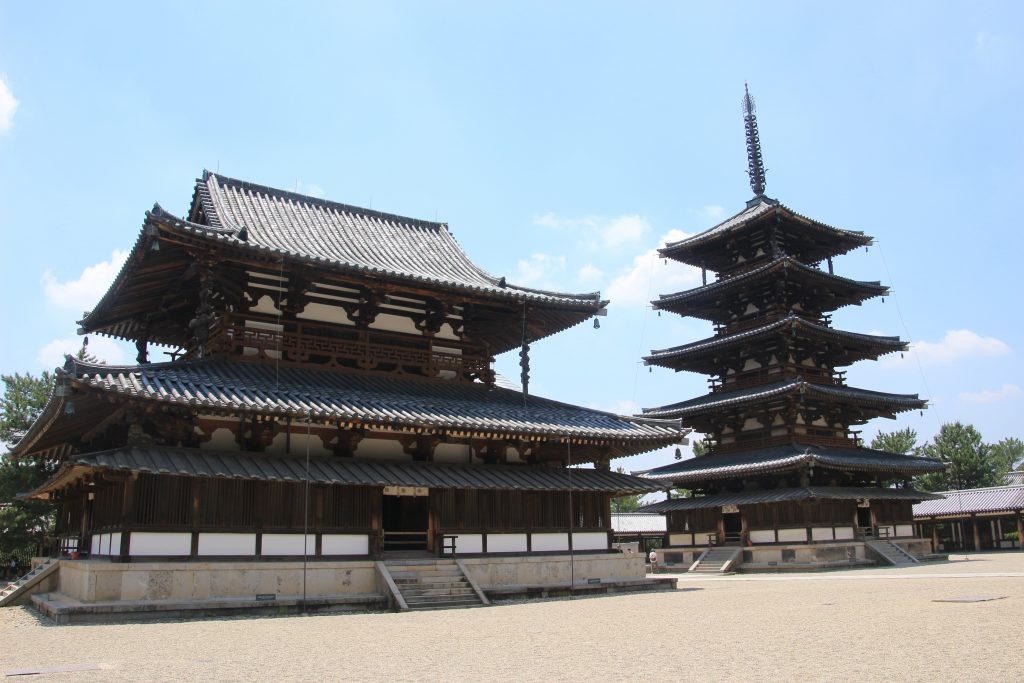
- ARAB NEWS
- 05 Jul 2025

TOKYO: A panel of UNESCO has recommended the registration of a series of techniques of Japanese craftspeople to repair traditional wooden structures, such as the Horyuji temple, for the international body’s Intangible Cultural Heritage, officials of Japan’s Agency for Cultural Affairs said Tuesday.
A decision on the registration of “traditional skills, techniques and knowledge for the conservation and transmission of wooden architecture in Japan” is expected to be made at a meeting of an intergovernmental committee of the Paris-based U.N. educational and cultural organization in the French capital from Dec. 14.
The traditional wooden building repair techniques will be the 22nd items from Japan to get UNESCO Intangible Cultural Heritage status and the first since a set of traditional rituals for visits by deities in masks and costumes, added to the list in 2018. Horyuji, a Buddhist temple in the western Japan city of Nara and a UNESCO World Heritage site, is the oldest wooden building in the world.
Recommended for registration by the UNESCO panel are 17 sets of traditional techniques, including ancient wood-processing, thatching and ornamentation skills, that are designated by the Japanese government as being indispensable for the preservation of cultural assets. The techniques have been preserved by 14 organizations, including the Japanese Association for Conservation of Architectural Monuments, the Japan Thatching Cultural Association and the Association for Conservation of National Treasures.
The government proposed the techniques’ cultural heritage registration to UNESCO in 2018. After screenings were postponed, Japan resubmitted the proposal in 2019 by increasing the number of items in its list.
In the resubmitted proposal, the government said that the techniques are very sophisticated as they enable the balance between and integration of original parts used at the time of construction and replacement parts.
The Cultural Affairs Agency said that the UNESCO panel’s recommendation helps improve the recognition of intangible cultural heritages in general, directing the spotlight to the essential relations of such techniques with buildings that are tangible cultural properties.
JIJI Press